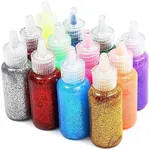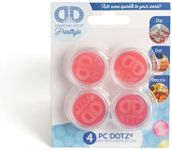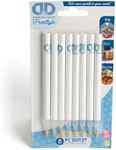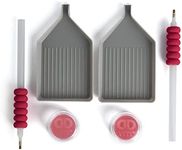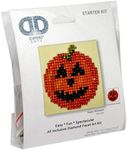Best Puzzle Glue
From leading brands and best sellers available on the web.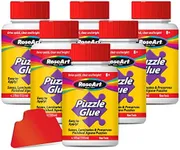
RoseArt
RoseArt - 4.5 oz. Jigsaw Puzzle Glue with Applicator 6-Pack
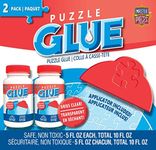
Masterpieces
36%OFF
MasterPieces Jigsaw Bottle & Wide Plastic Spreader Puzzle Glue, 5 Ounces, Blue,Orange 10 Fl Oz
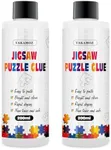
YAKAMOZ
YAKAMOZ Clear Jigsaw Puzzle Glue with Precision Applicator – Non-Toxic, Quick Dry & Water-Soluble for Puzzles up to 10000 Pieces (400ML)

YAKAMOZ
YAKAMOZ Jigsaw Puzzle Glue with Sponge Head for Adults Clear Water-Soluble Craft Puzzle Glue Quick Dry for 1000/1500/3000 Pieces of Puzzle,120ML

YAKAMOZ
YAKAMOZ Clear Jigsaw Puzzle Glue with Precision Applicator – Non-Toxic, Quick Dry & Water-Soluble for Puzzles up to 5000 Pieces (200ML)
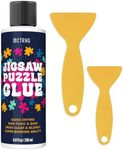
MCTRHG
Jigsaw Puzzle Glue Clear, 200ML Puzzle Frame Kit for Adults with Applicators, Easily Preserves Finished Puzzles, Non-Toxic, Quick-Dry & Water-Based Anime Puzzle Saver for 3000/4500/5000 Pieces
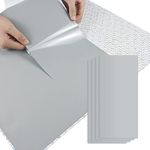
QIKSION
Puzzle Saver Sheets - 96 Sheets, Peel & Stick, Preserve 16 1000 Puzzle

Mod Podge
Mod Podge Puzzle Saver (8-Ounce), CS15068, White

RoseArt
RoseArt Jigsaw Puzzle Glue with Applicator - Saves, Laminates and Preserves Finished Jigsaw Puzzles - Easy to Apply, Dries Quick, Clear & Bright
Our technology thoroughly searches through the online shopping world, reviewing hundreds of sites. We then process and analyze this information, updating in real-time to bring you the latest top-rated products. This way, you always get the best and most current options available.

Most Popular Categories Right Now
